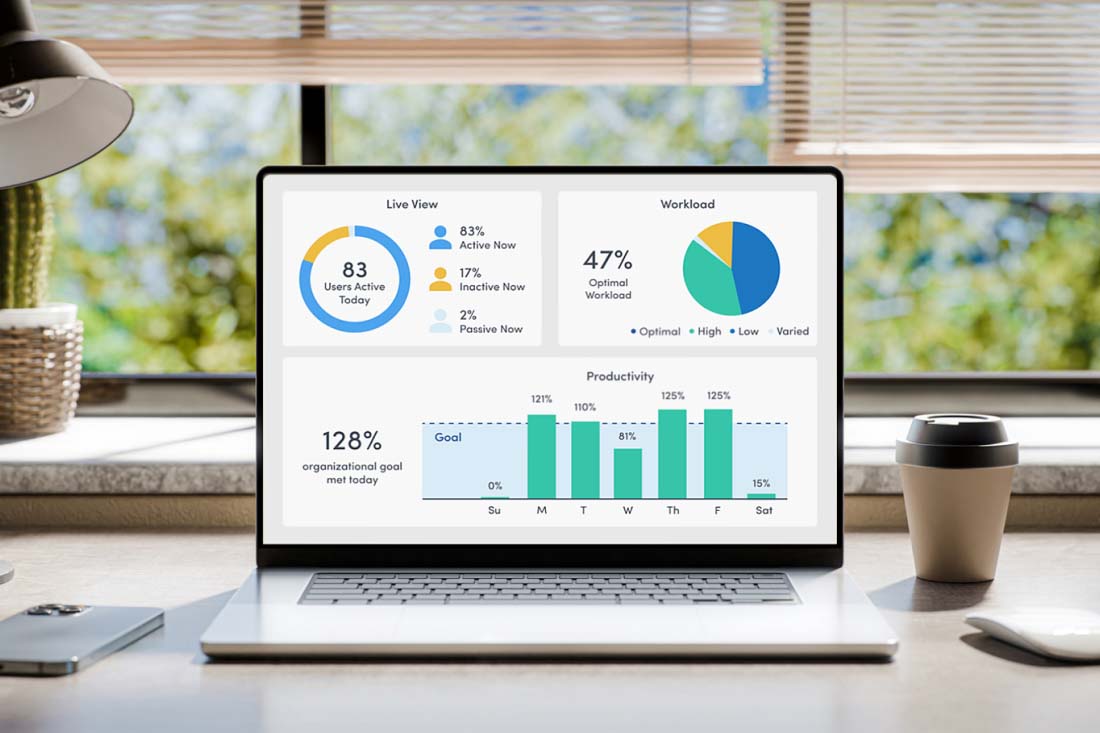We’ve told you about the types of remote workforces and how to pick the one that’s right for you. What all variations have in common, though, is that operating in a remote capacity benefits employers and employees. So far, we’ve seen how the positives outweigh the perceived negatives, but you’re about to see the scale tip even more in favor of a distributed workforce. This time, instead of relationships and productivity, we’re going to talk about the fuel that any business runs on: money.
It is possible for your business to get more mileage out of your current budget without digging into gigabytes of data. (Though data-mining and workflow optimization is one way to boost profits.) By transitioning to and operating as a remote workforce, your organization can spend less on costs associated with brick-and-mortar offices and positively impact your bottom line.
If you’re not convinced a company can operate completely distributed, check out GitLab’s success. Though this $2.75 billion company never intended to be all-remote, it’s now well-known for its lack of centralized location. It’s likely that some of GitLab’s financial success was made possible by ditching the office model and all the costs associated with it. We can’t promise your business will become worth $3 billion, but you can decrease these costs to increase your company’s value.

In fact, Global Workplace Analytics found that businesses can eliminate up to $11,000 in expenses per employee every year, just by allowing them to work from home! Take a look below to see how you can save money with a remote workforce.
Lower Overhead Costs
Companies that are completely remote have no need for what overhead costs associated with a centralized office. Rent, utilities, parking fees, security systems, and minor maintenance projects are all unnecessary when every team member works remotely.
Also consider furniture and equipment expenses. No office, no desks. You won’t have to pay for chairs, couches, lamps, or decorations.
You’ll save money even if you only reduce some office space. Ctrip, China’s largest travel agency with 16,000 employees, saved almost $2,000 per employee on rent alone by reducing the amount of HQ office space.
Reduce Employee Absences
Employers should offer paid time off (PTO). Whether it’s sick, personal, or vacation leave, the importance of time away from work can’t be overstated. What’s also true is the time employees spend away from their job is time any progress comes to a halt in many areas of your business. You shouldn’t eliminate PTO, but you can create an environment where employees won’t feel the need to request days off as often.

The remote workforce model gives teams the flexibility to balance work and life throughout each day. A person could work for a few hours, go to their kid’s school program, and return home, all without having to request half a day off. They don’t waste time driving to work, the school, and back to work. People with illnesses that aren’t too severe can still work without fear of being contagious.Some employees will travel while they work, choosing not to use vacation days.
A State of Remote Work study published on Buffer.com shows that “43% of remote workers took between 2-3 weeks of vacation time, with an additional 20% selecting options between no vacation and one week per year.”
Increase Operational Output
Numerous studies suggest that remote workers get more work done than in-office teams. By simply eliminating long commutes and distractions from open-office layouts, businesses can expect to see more hours worked by their employees. In fact, both on-site workers are working longer weeks, but for different reasons. According to one study, office teams work more because it’s required, while remote workers do so because they’re fulfilled in their job.

Also, people on remote teams tend to be happier because of their freedom and flexibility. And guess what. Happy employees are usually more productive than their unhappy coworkers by 12% as this study from the Social Market Foundation discovered.
Reduce Employee Turnover
Speaking of happiness, it’s one of the reasons employees remain at their jobs, costing you less money. Aside from affecting morale and wasting time, you don’t want a revolving door of employees because of how expensive hiring them is. Many things factor into the cost, like job sourcing, background checks, and assessment. Everything adds up to hit you for $4,000 per hire. That doesn’t account for the impact on profits from projects in progress.
Clearly, you can save money if your team members stick around for as long as possible. You can’t always count on loyalty, but you may have more luck if your workforce is distributed. 74% of remote employees say that the ability to work remotely would make them less likely to leave. More specifically, they’re likely to stay with their current employer for the next five years, which is 13% more than on-site workers.
Start Cutting Business Costs
We found a handy tool from Global Workplace Analytics that helps you calculate telework savings. Once you see how much you can save, you’ll need other tools to help facilitate the implementation and continued analysis of your distributed workforce. A remote workforce management solution like ActivTrak gathers activity data from employees wherever they work. ActivTrak data helps you inventory computers, track time worked without a time clock, improve efficiency, and monitor team engagement.





